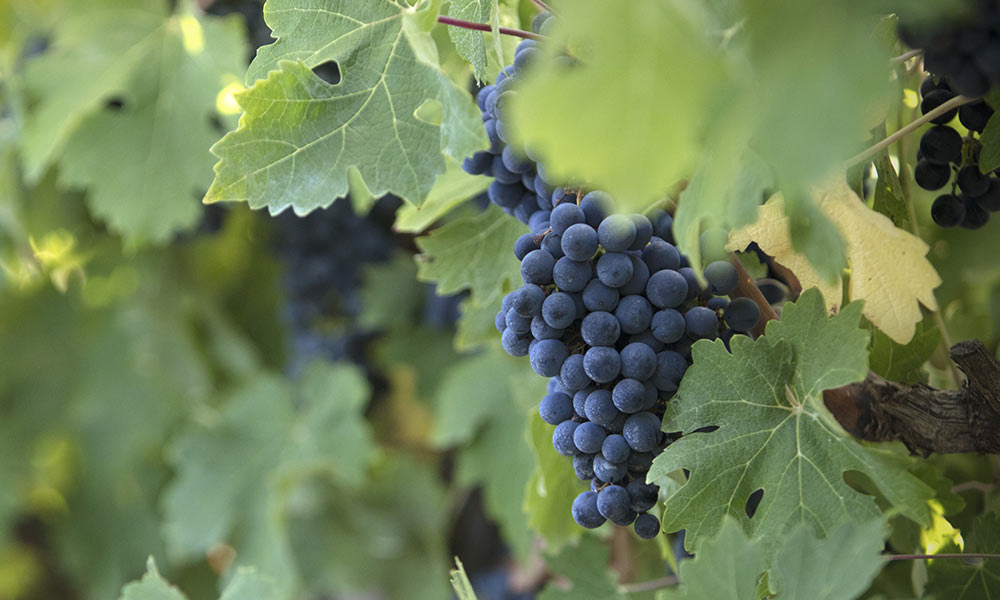My heart goes out to the vineyards this year! Poor little buggers have tried so hard to produce a decent crop, but after three years of debilitating drought they have clearly taken strain.
The drought aside, several other factors played a significant role in both the quanititative and qualitative elements of the 2019 harvest.
The winter of 2018 was not great in terms of cold units, resulting in insufficient dormancy and correlating uneven budburst in many varieties, particularly the Chardonnay. October followed with windy conditions creating poor berry-set for varieties flowering at this critical period. Both of these factors above have translated to low crop levels of Chardonnay and Shiraz specifically.
Early in the growing season we experienced moist and humid conditions that resulted in higher than usual downy mildew pressure causing damage in those vineyards where the sprays were not applied timeously. Once these spores establish themselves in the developing bunches, even at an early stage, they are difficult to eradicate. Some seasoned growers are saying this is the most severe outbreak of downy mildew they’ve ever seen. Importantly, the challenges mentioned above have been overcome by the better growers in the Cape, so there are still pockets of excellence to be found in all regions, buyers just need to proceed cautiously.
With the majority of the harvest in at the time of writing, it seems that we are more or less at the same level as 2018. Whilst initial estimates based on actual bunch counts at the begining of the season looked promising, the final bunch weights have been lower than the long-term average. The main reason for this seems to be that the vineyards are still recovering from the drought and simply do not have the reserves they would normally have, hence smaller and lighter bunches.
Up until the second week of harvest we experienced some cool and breezy growing conditions. At that stage the ripening curve was very steady with no spikes; acid levels looked very healthy and the pH levels relative to the acid levels were very low. Early harvest fruit had higher TA’s as a result of higher than usual levels of malic acid – this is particularly due to the cooler night conditions we experienced during this growing season. The flavour development in both the red and white grapes was particularly advanced compared to the sugar ripeness, with the reds showing wonderful concentration of flavour and perfumed aromatics across the board. So there are some lovely wines at lower alcohol levels to be enjoyed from this vintage.
In conclusion, quality turned out to be very good this year for those vineyards that managed to produce a decent crop, and were harvested timeously. I think we will be rewarded with some very fine, well balanced wines from 2019, the hallmarks of the vintage being good levels of natural acidity, ripe flavours at lower alcohol levels, and concentration. It will however be interesting to see how the pricing of bulk wine and even the grape prices for 2020 will be influenced by the small crops of the last two vintages. We really are in a crunch period right now with many farmers going to the wall in the marginal areas where water is scarce and where the drought has further destroyed their profitability. Prices of top quality grapes do seem to be steadily rising on the local market, but the real challenge is to ensure that our wines attain higher shelf prices internationally, to break out of the price band that we seem to be locked in currently.

